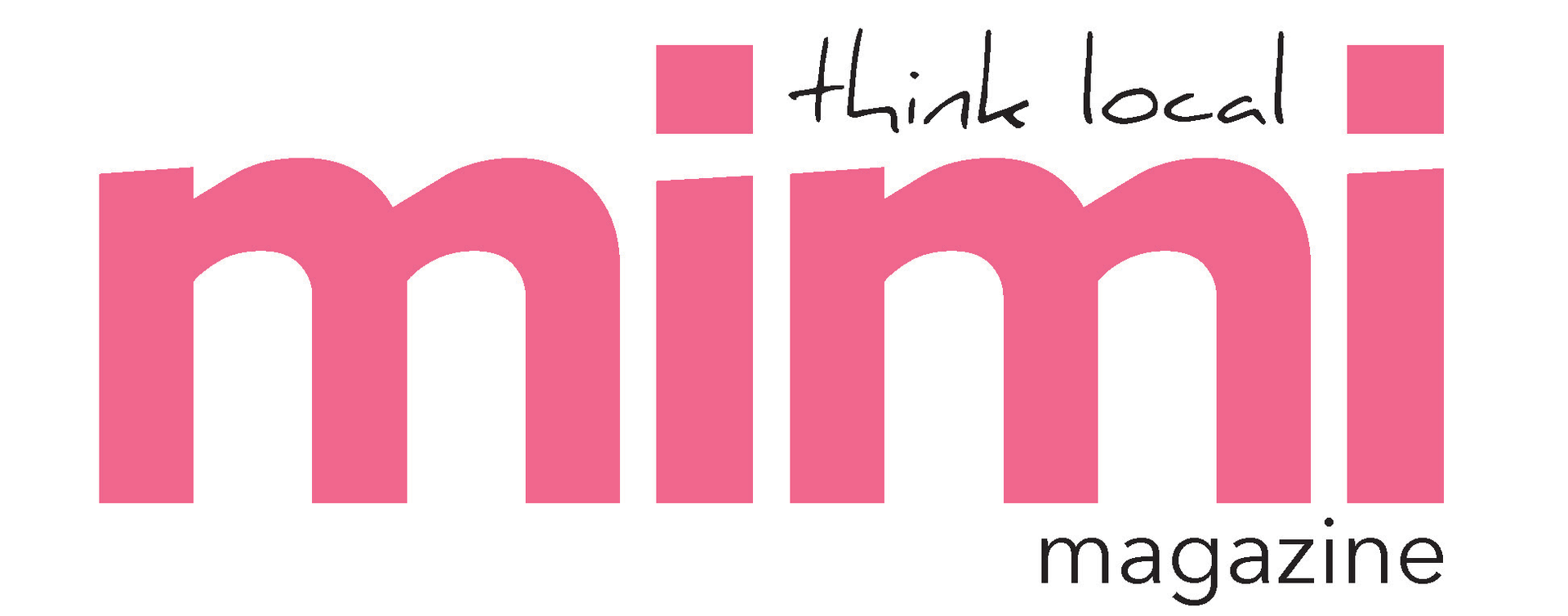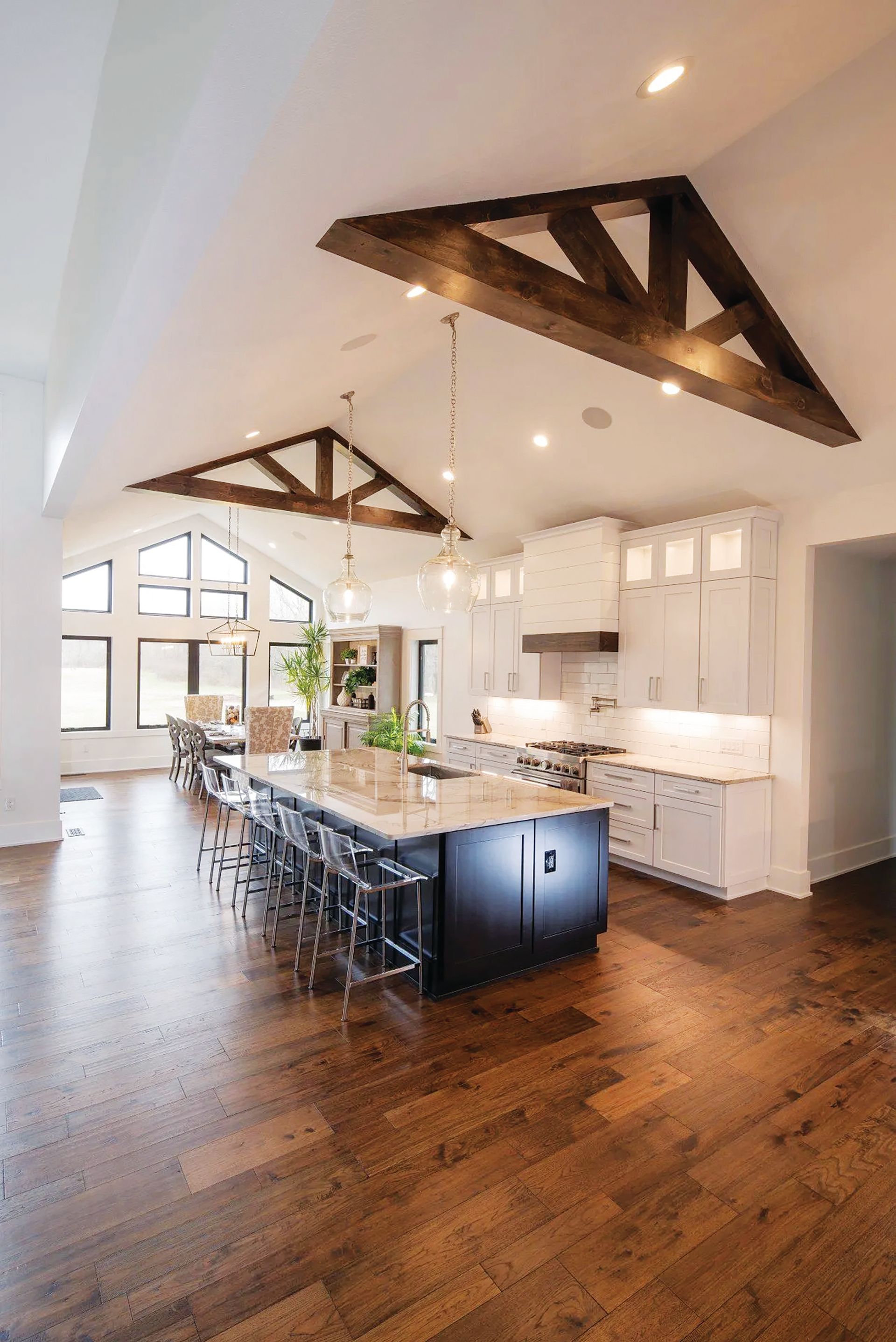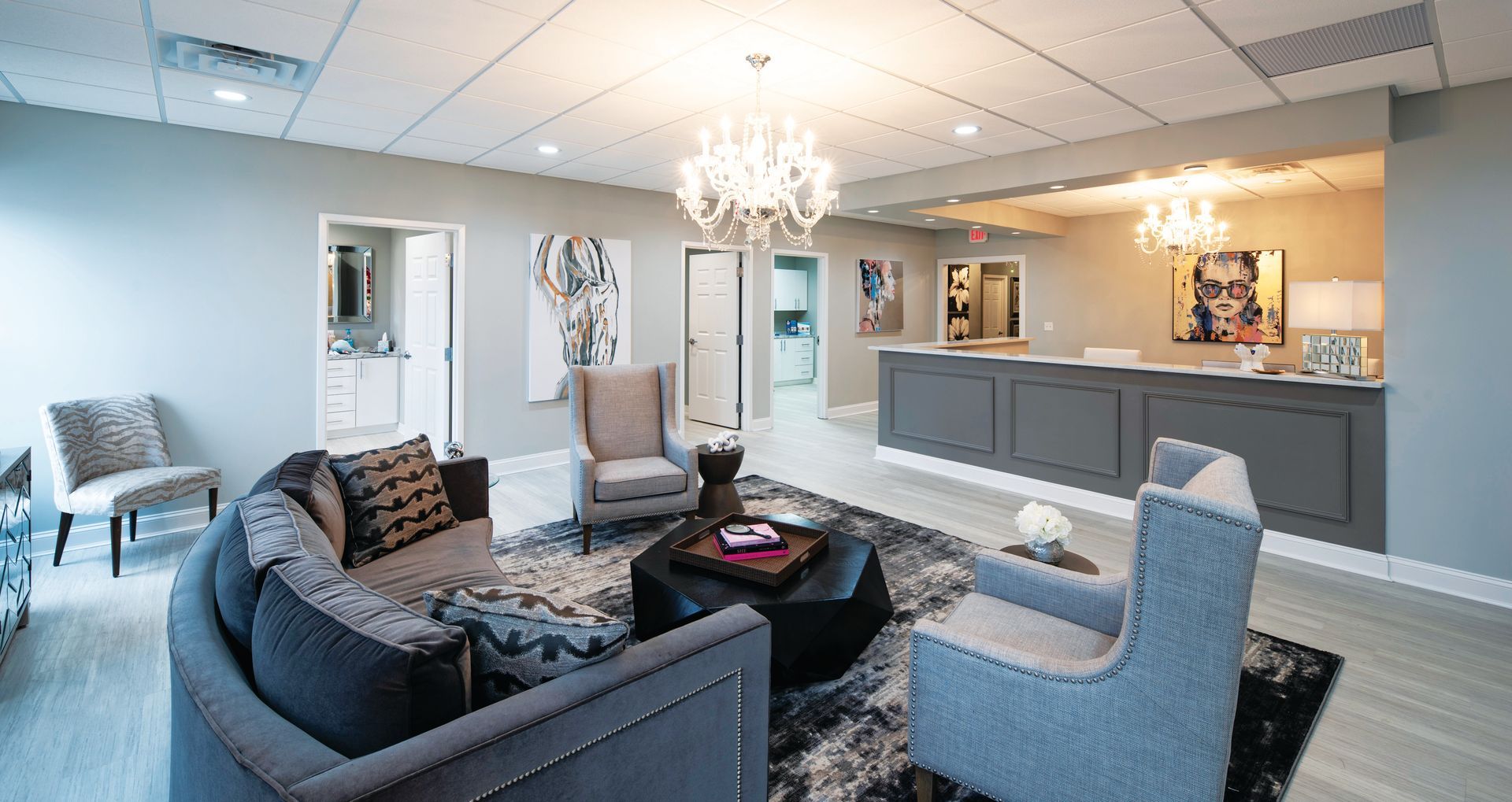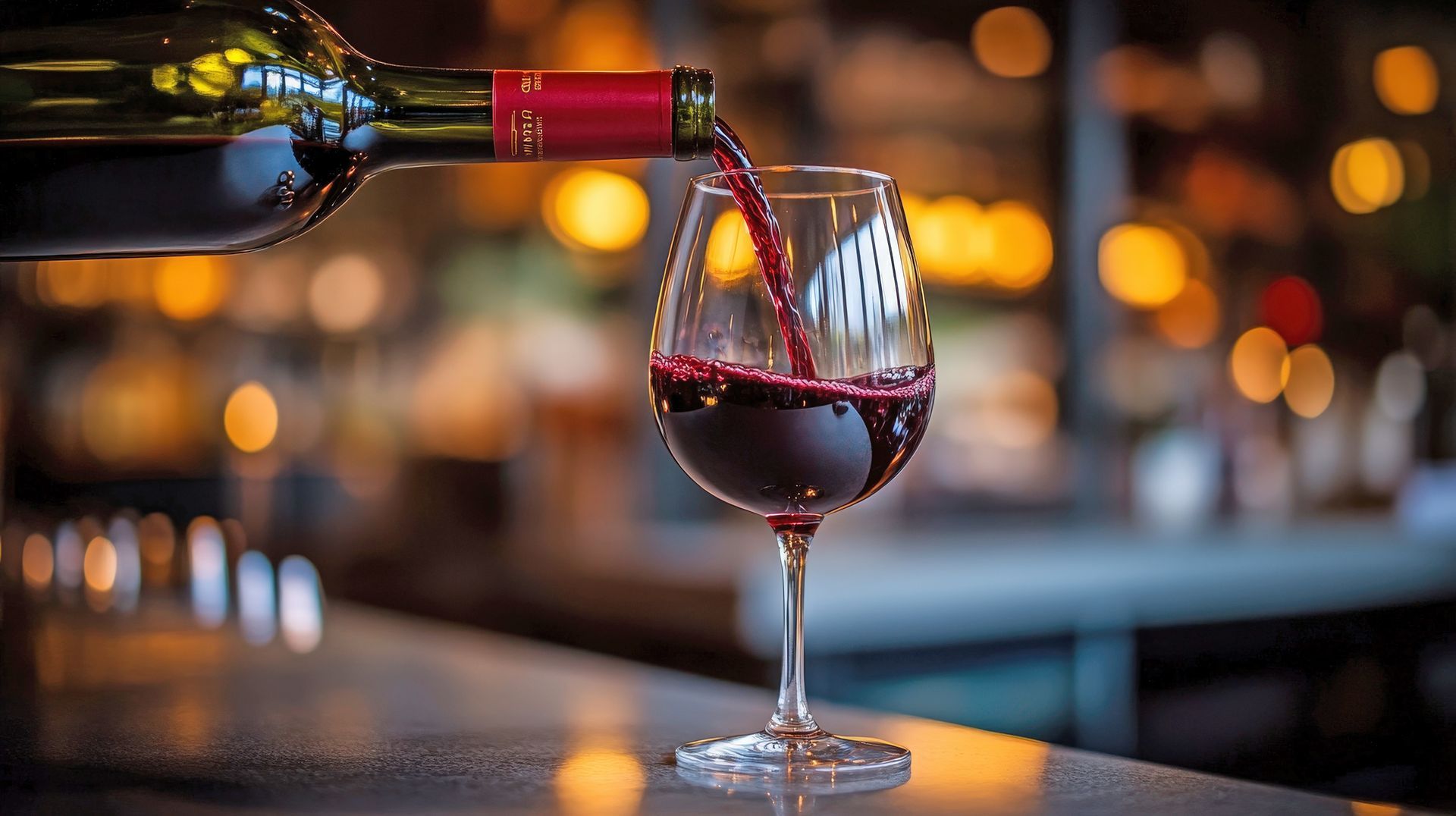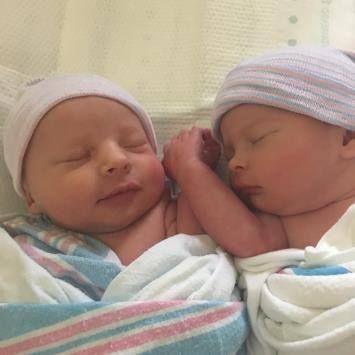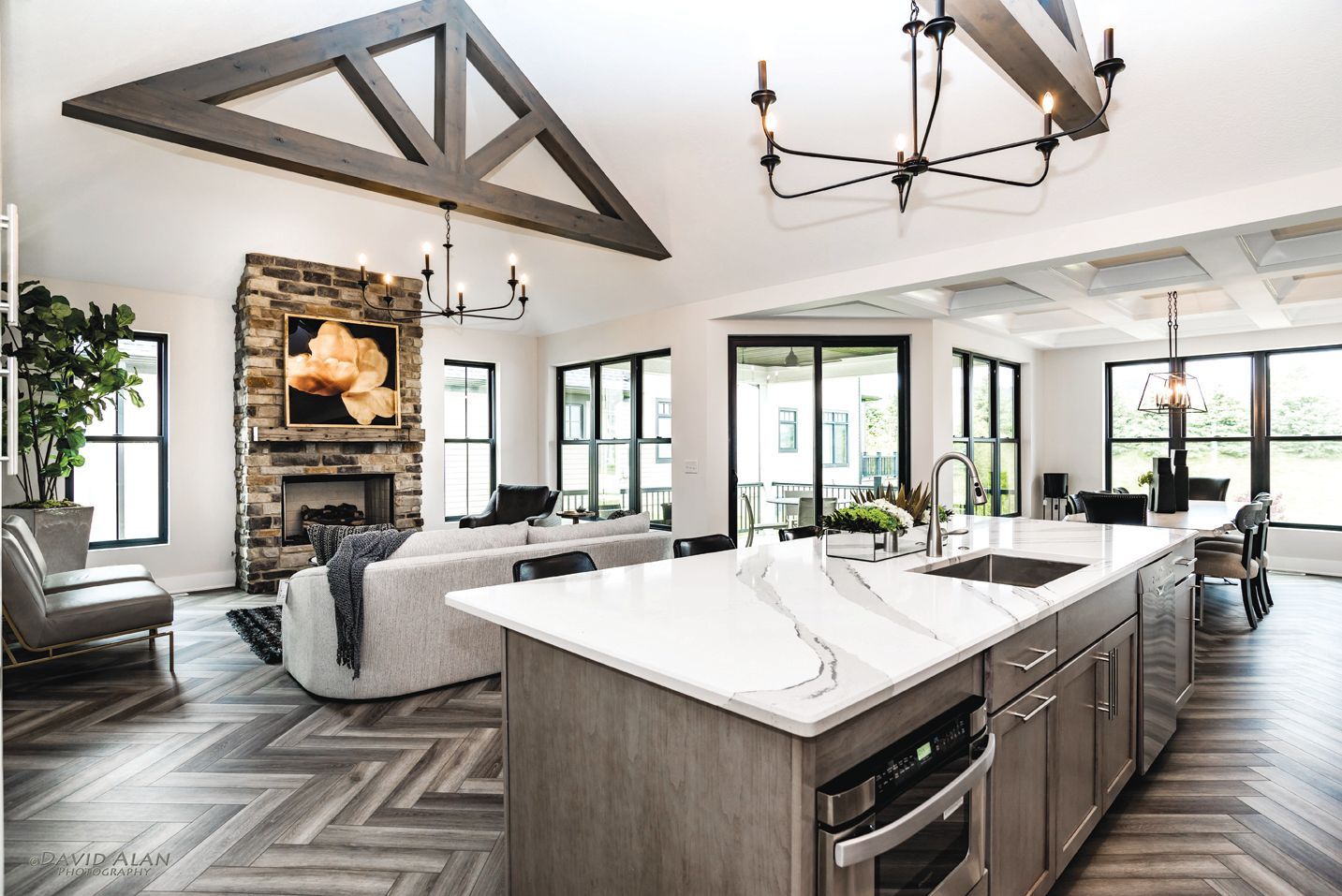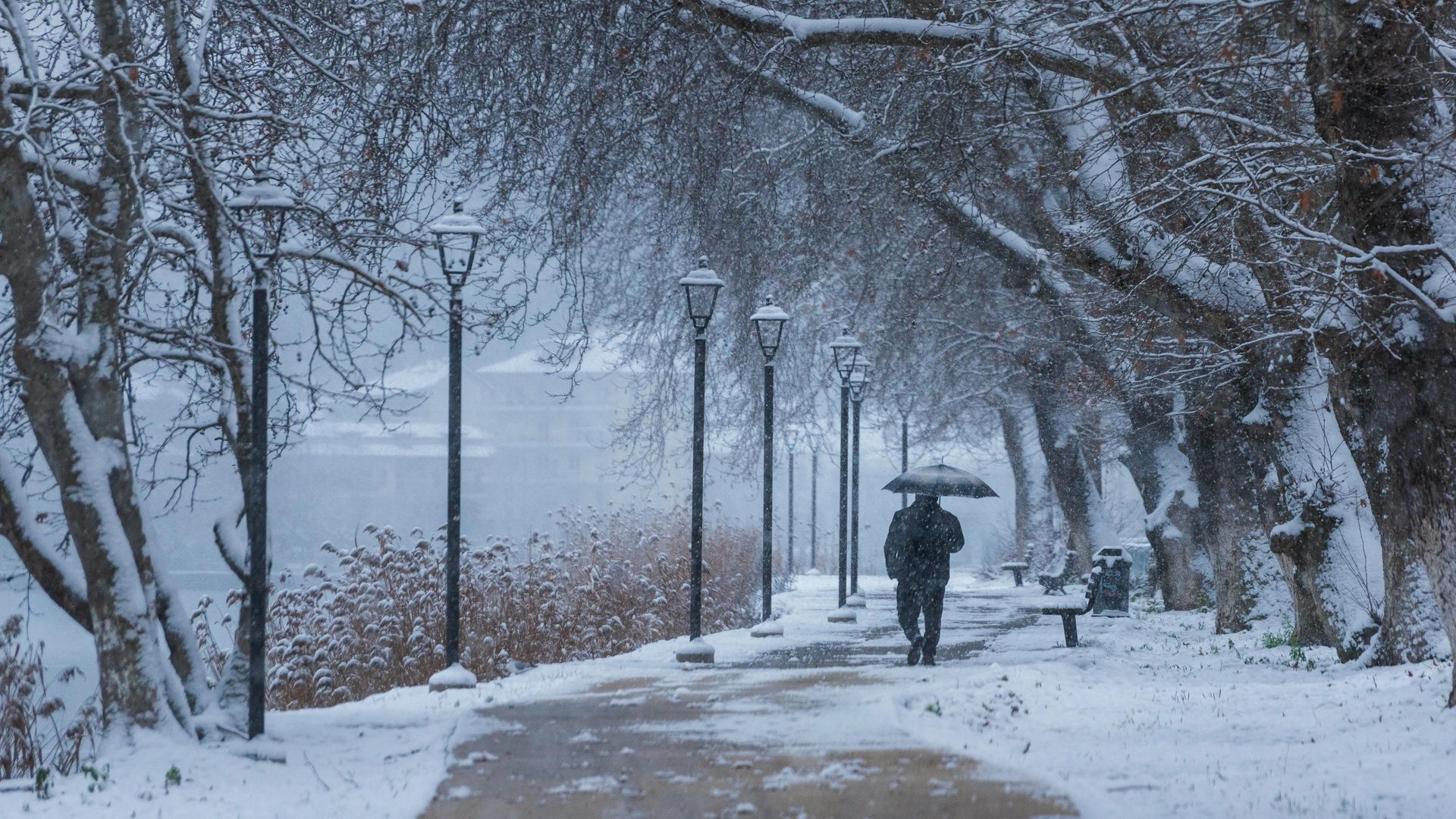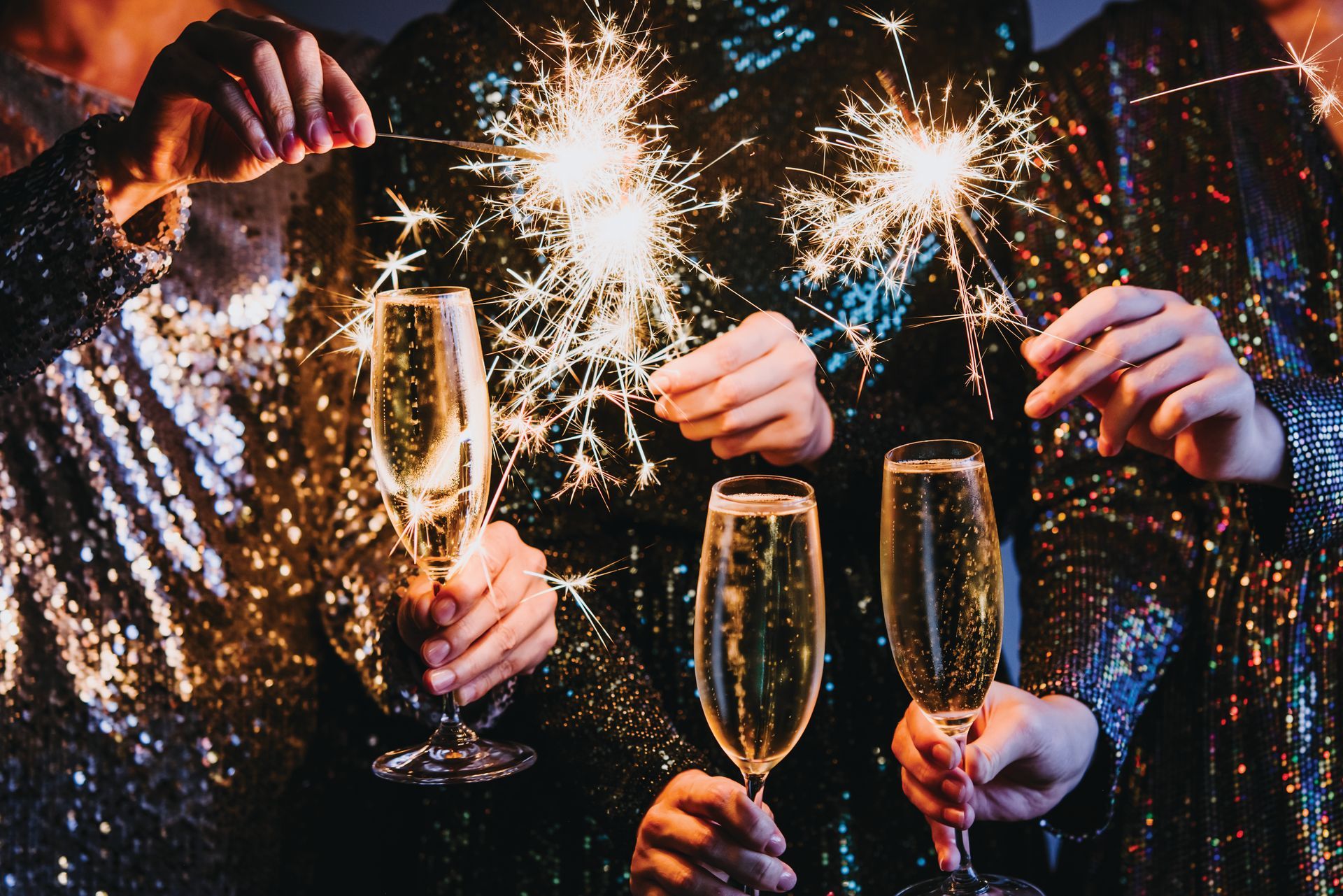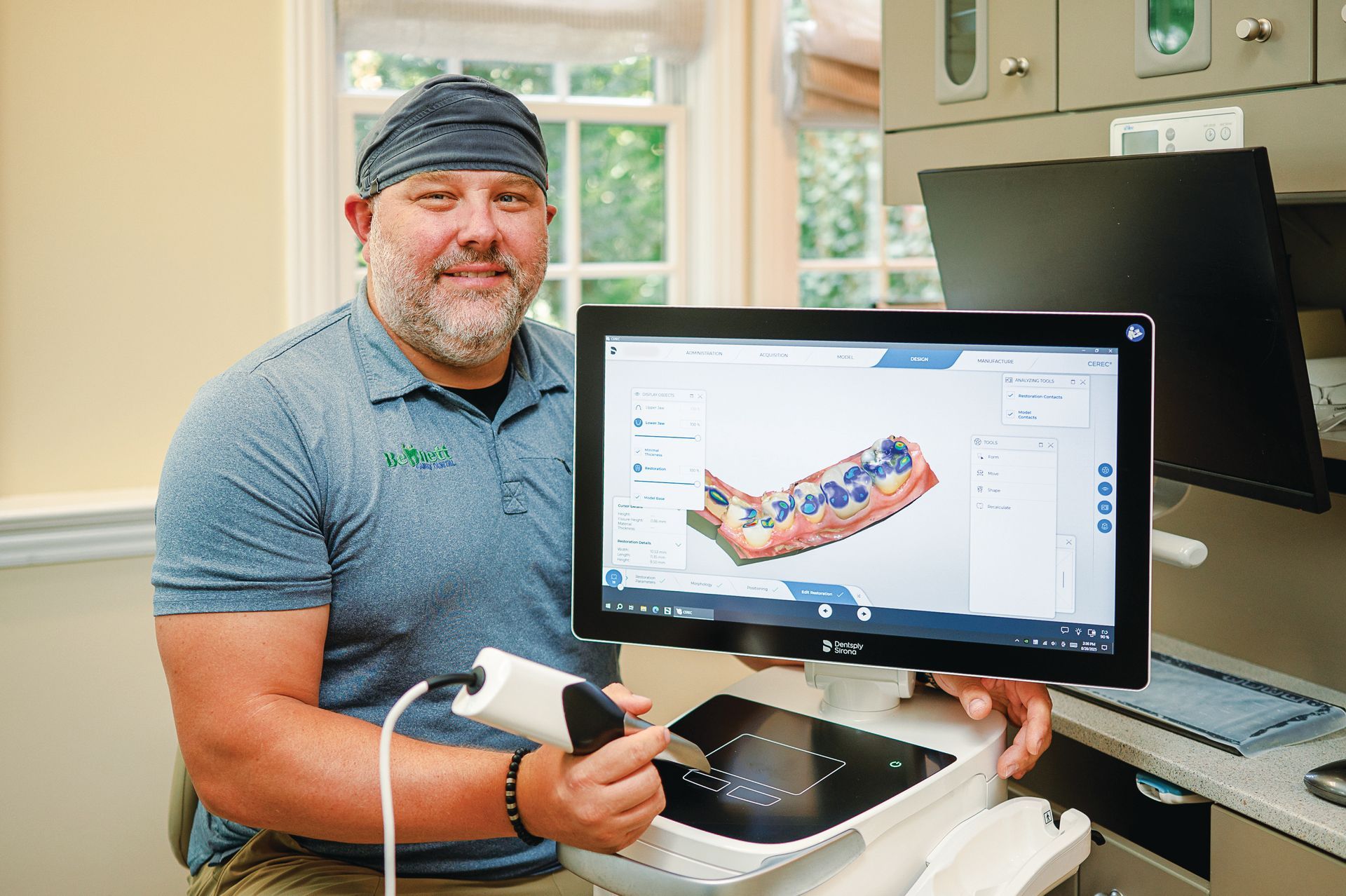Champagne: Going beyond the bubbles
Today, the cellars beneath the many producers in the Champagne region stretch for 600 miles, where more than 1 billion bottles are stored.
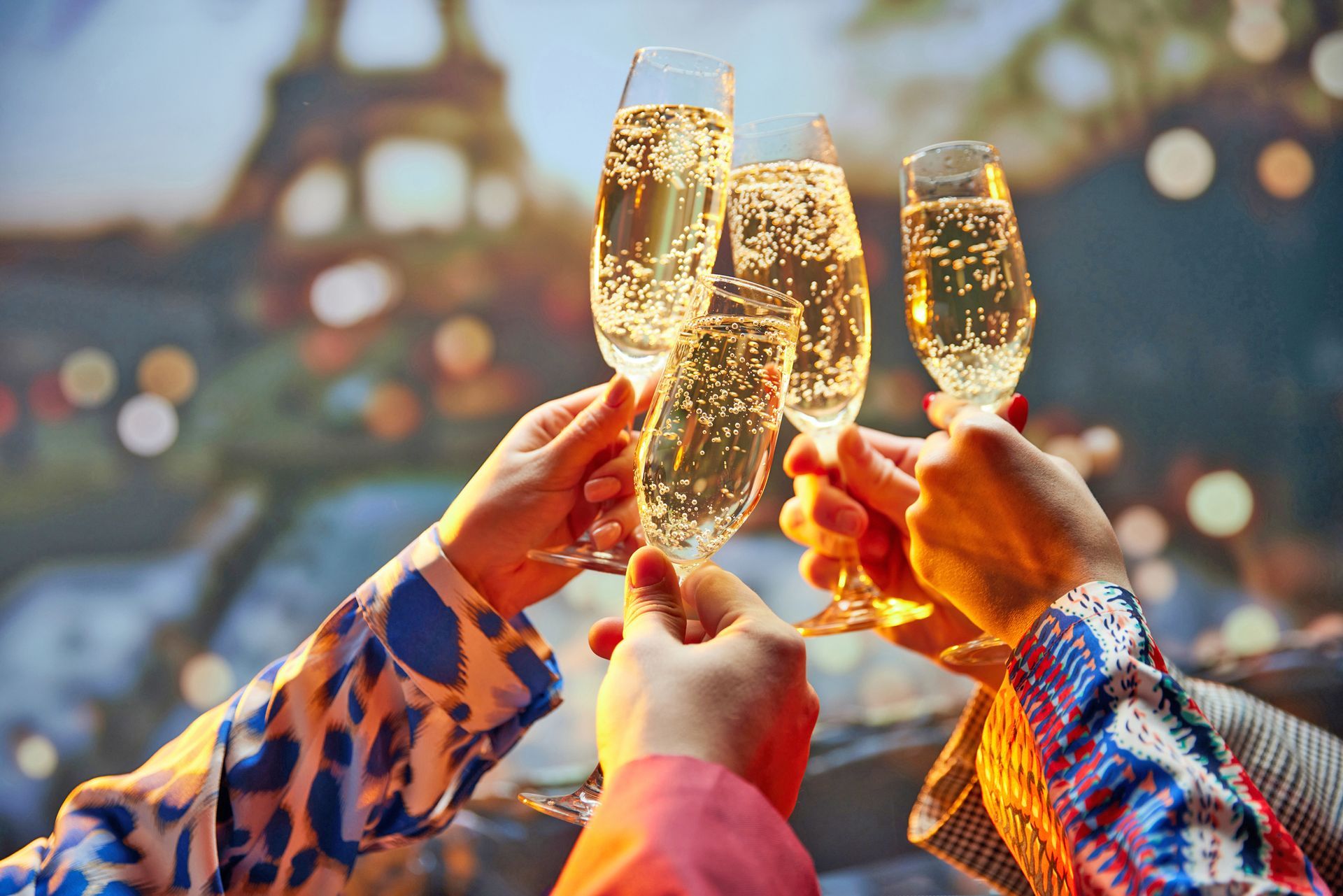
There are only nine grapes that are allowed to be used to produce Champagne. Three of those—Chardonnay, Pinot Noir and Pinot Meunier—comprise 99% of all production.
Happy New Year to our wine-enthusiast Mimi readers. Champagne is best enjoyed in one shape of glass and other sparkling wines in another. Jim Sperk of the Northern Ohio Wine Guild details the differences between the two wines. And spoiler alert—there are many.
“Some folks think all sparkling wine is Champagne,” Jim says. “Not true. To be called ‘Champagne,’ several criteria must be met. The grapes must be grown and the wine must be produced in the Northern France region of Champagne. Also, Champagne must undergo a second fermentation which must take place in the bottle. This is known as method Champenoise or method Traditionelle.”
There are only nine grapes that are allowed to be used to produce Champagne. Three of those—Chardonnay, Pinot Noir and Pinot Meunier—comprise 99% of all production. Additionally, there are strict rules regarding the pruning of the vines, the harvesting and the cellaring of the wines.
“Vineyards began to develop in the Champagne region in the fifth century and produced only still wines until the late 1600s when a Benedictine monk with a familiar name, Dom Pérignon, developed the second fermentation process that created the bubbles,” Jim says. “The sparkling wine industry then quickly developed in the 1700s.”
Today, the cellars beneath the many producers in the Champagne region stretch for 600 miles, where more than 1 billion bottles are stored.
To demonstrate just how seriously the French took their Champagne production, in June of 1919, the Treaty of Versailles was signed and included a paragraph expressing that only wines produced in the Champagne region of the country could be labeled “Champagne.”
“The U.S. Senate rejected the treaty, however, since several California wineries had created sparkling wines many years before the Treaty of Versailles that bore the name ‘Champagne,’” Jim says. “Finally, in March 2006, an agreement was reached between the U.S. and the European community that allowed producers with an approved trade name to be grandfathered in. After that 2006 date, only wines produced in the Champagne region of France can bear the name ‘Champagne.’”
For information about the Northern Ohio Wine Guild, contact Jim Sperk at tinymoonwines@usa.net.
Recent Posts
RELATED ARTICLES
